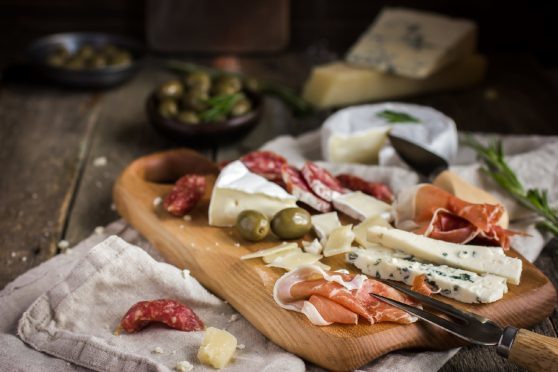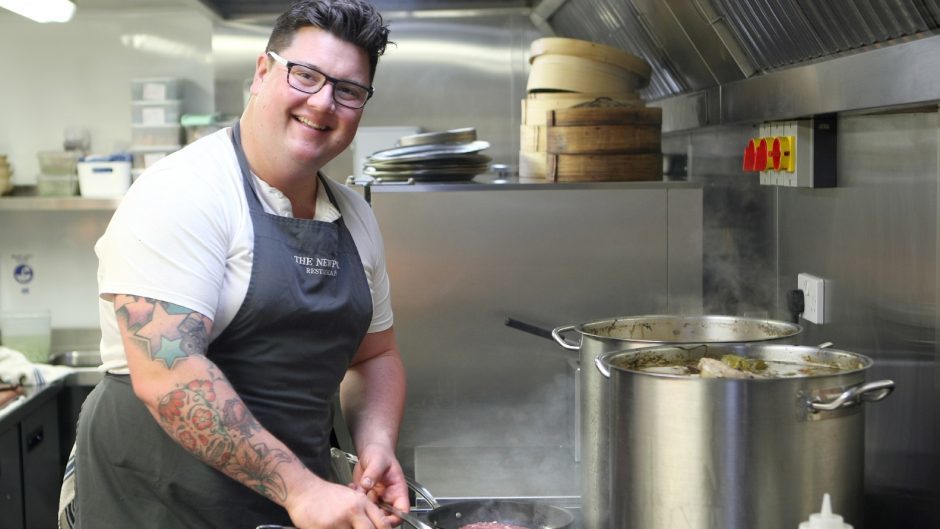At the restaurant fermentation and preserving are just as important to us as local sourcing and seasonal cooking, says Jamie Scott, chef patron of The Newport.
That’s because, in my opinion, it enhances certain foods by manipulating and prolonging its existence.
A combination of both preservation and fermentation – and probably the most in demand just now – is sourdough (levain) bread, perfect topped with anything from cultured butter to a little bit of pate to be spread over and devoured in one bite.
My interest in these methods was first aroused by my parents’ love for pickled onions. They would always go for the large onions in the tastiest malt vinegar that would make a camel’s eyes water after one bite, even in the middle of the Sahara.
“Now those are pickles,” Dad would say, and they were fine. But when I finally tasted a real pickle, the kind made the old-fashioned way, fermented with nothing more than salt, water and thyme, I realised what I’d been missing. A vinegary pickle ploughs through your palate (often in a pleasing way) but a live cultured, salt cured, fermented pickle tells a more multifaceted story.
It’s sour, to be sure, but it tastes of something more something elusive – it’s the flavour of middle Europe captured in one bite.
When I started cooking for a living, I realised that the complexity I’d tasted in that pickle is the hallmark of well-made fermented food, which include some of my very favourite things to eat and drink – pickles, aged cheeses, tangy sourdough, spicy kimchis, tart yoghurts, winey salamis and of course wine itself.
I’m not short of volunteers in the kitchen to start fermentation projects we are all love trying out a new sauerkraut recipe or getting stuck into a fresh batch of new season carrots from the local farm along the road. Making our own yoghurts and skyr seemed like kitchen magic the way it so effortlessly soured and thickened overnight.
Nurturing live cultured foods, watching their colours change and tasting the results is so incredibly satisfying and I would urge anyone to give it a go.
Chef’s tip
Try my super easy and delicious pickle recipe which will kick start your love for pickling and preserving. Put 200ml white wine vinegar, 200ml water, 100g caster sugar, 1 tsp pink peppercorns, 1 bay leaf and 2 sprigs of thyme in a pan and bring to the boil, cool to room temperature ready to use.
Take any of your desired vegetable, peel or give them a really good wash, pop into a kilner jar and cover with the pickle liquor. Pop a wee bit of greaseproof paper as a small weight to keep everything fully submerged. Leave for as long as desired, but initially a minimum of two to three weeks.











